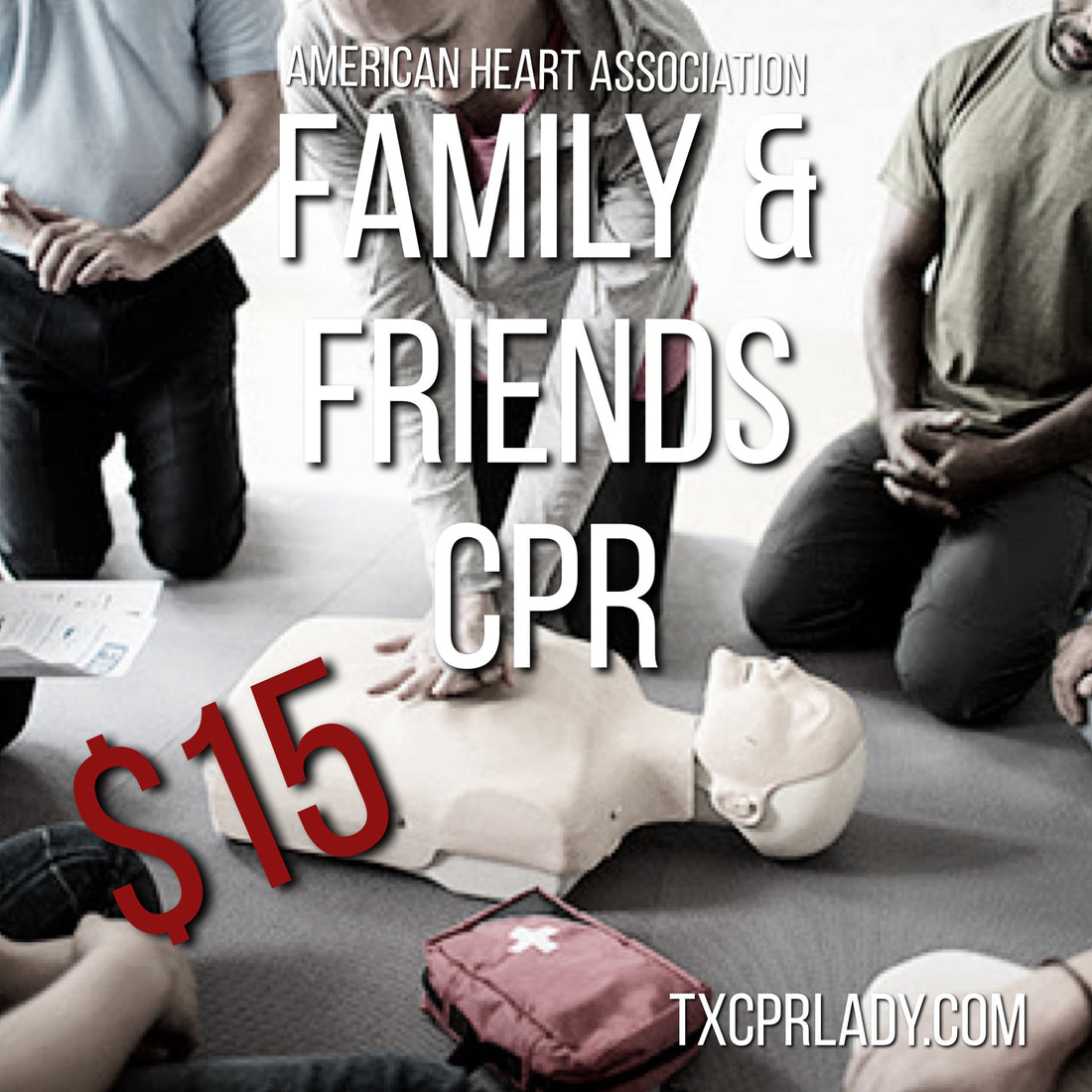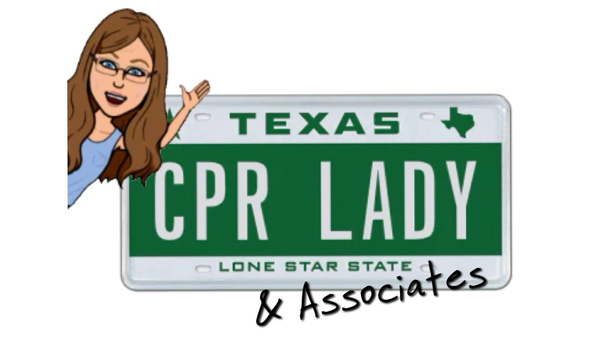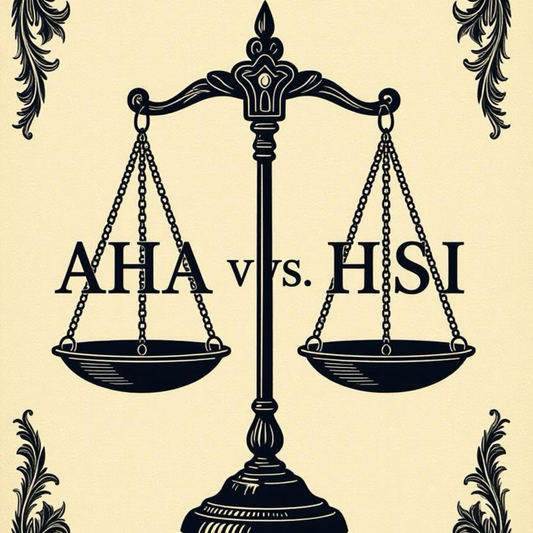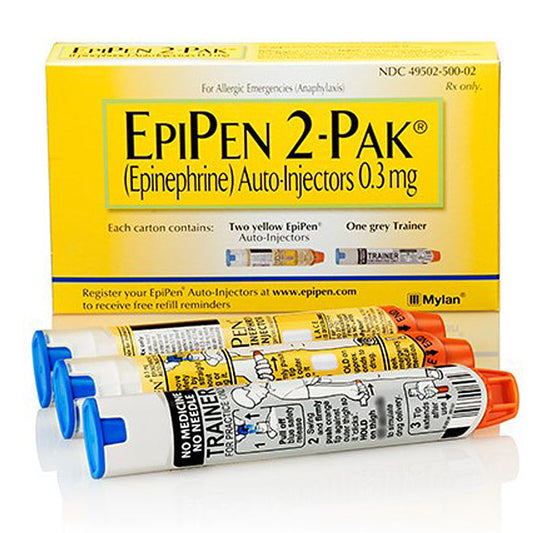
CPR - What is it?
William BeauregardShare
Cardiopulmonary resuscitation, or CPR, is a life-saving technique that can be used to revive people who have stopped breathing or whose heart has stopped beating. CPR is a simple yet effective method of providing oxygen to the brain and heart, allowing a person to survive until emergency medical services arrive. In this blog post, we will discuss what CPR is, how it works, and why it is so important to know how to perform it.
CPR is a combination of two techniques: chest compressions and rescue breathing. Chest compressions are used to circulate oxygen-rich blood to the brain and heart, while rescue breathing provides the person with oxygen. The combination of these two techniques can help to revive a person who has gone into cardiac arrest.
To perform CPR, you will need to locate the person's pulse and check for breathing. If the person is not breathing or has no pulse, you should call for emergency medical services and start performing CPR. The American Heart Association recommends that chest compressions be performed at a rate of 100-120 per minute, and that the depth of the compressions be at least 2 inches. Rescue breathing should be performed at a rate of one breath every 5-6 seconds.
CPR is an essential life-saving technique that can be used in a variety of situations, including cardiac arrest, drowning, and choking. It is a simple yet effective method of providing oxygen to the brain and heart, allowing a person to survive until emergency medical services arrive. Additionally, CPR can be performed by anyone, regardless of their medical background.
It is important to note that CPR should only be performed on adults and children who are unresponsive and not breathing. If a person is responsive and breathing, they do not require CPR.
In conclusion, knowing how to perform CPR is an essential life-saving skill that can save a person's life in an emergency situation. It is a simple yet effective method of providing oxygen to the brain and heart, allowing a person to survive until emergency medical services arrive. If you are interested in learning CPR, you can contact your local American Red Cross chapter or American Heart Association affiliate. They often offer CPR certification classes for the general public. Additionally, you can also check with your local hospitals, fire departments, and community centers, as they may also offer CPR training.



